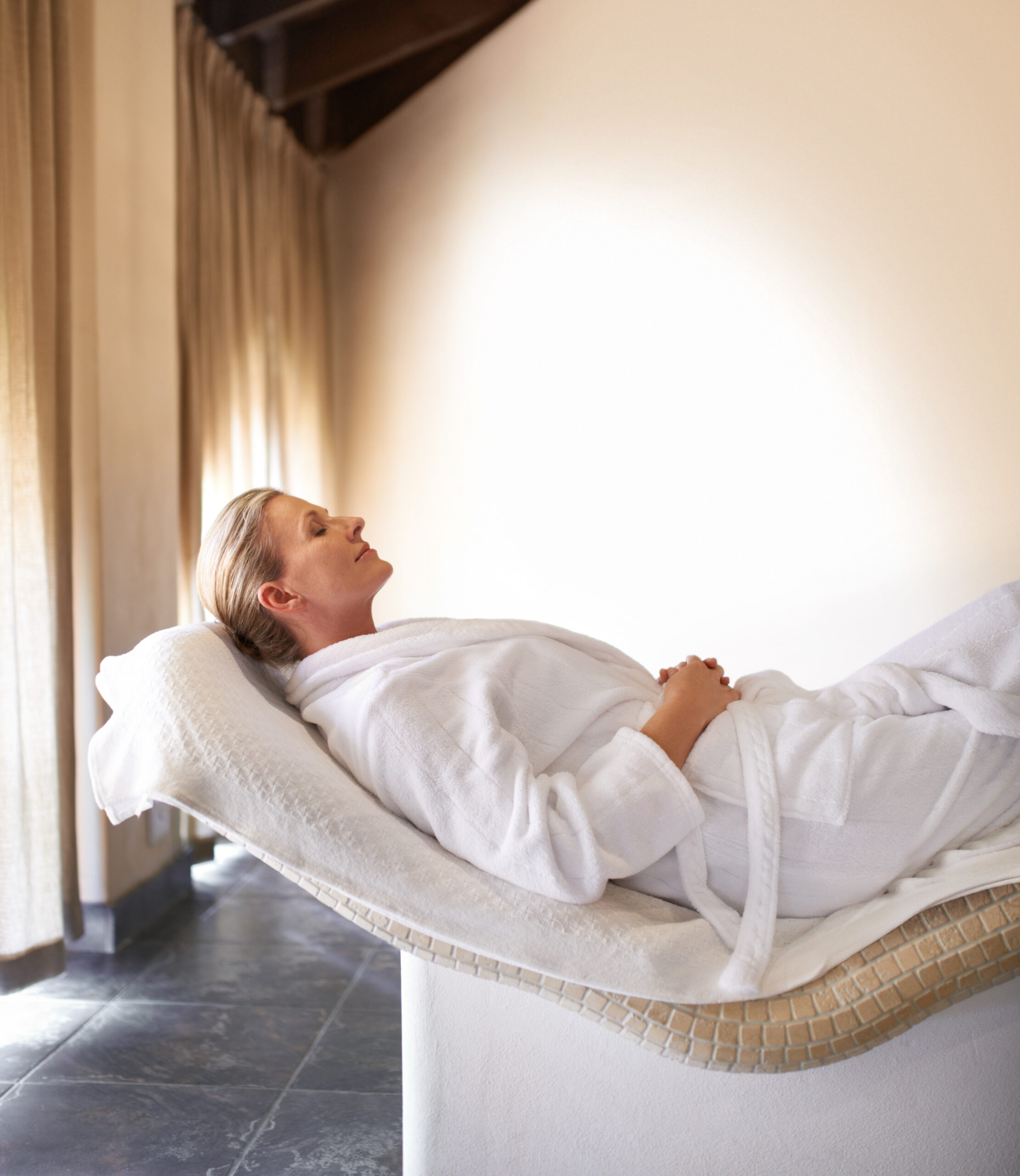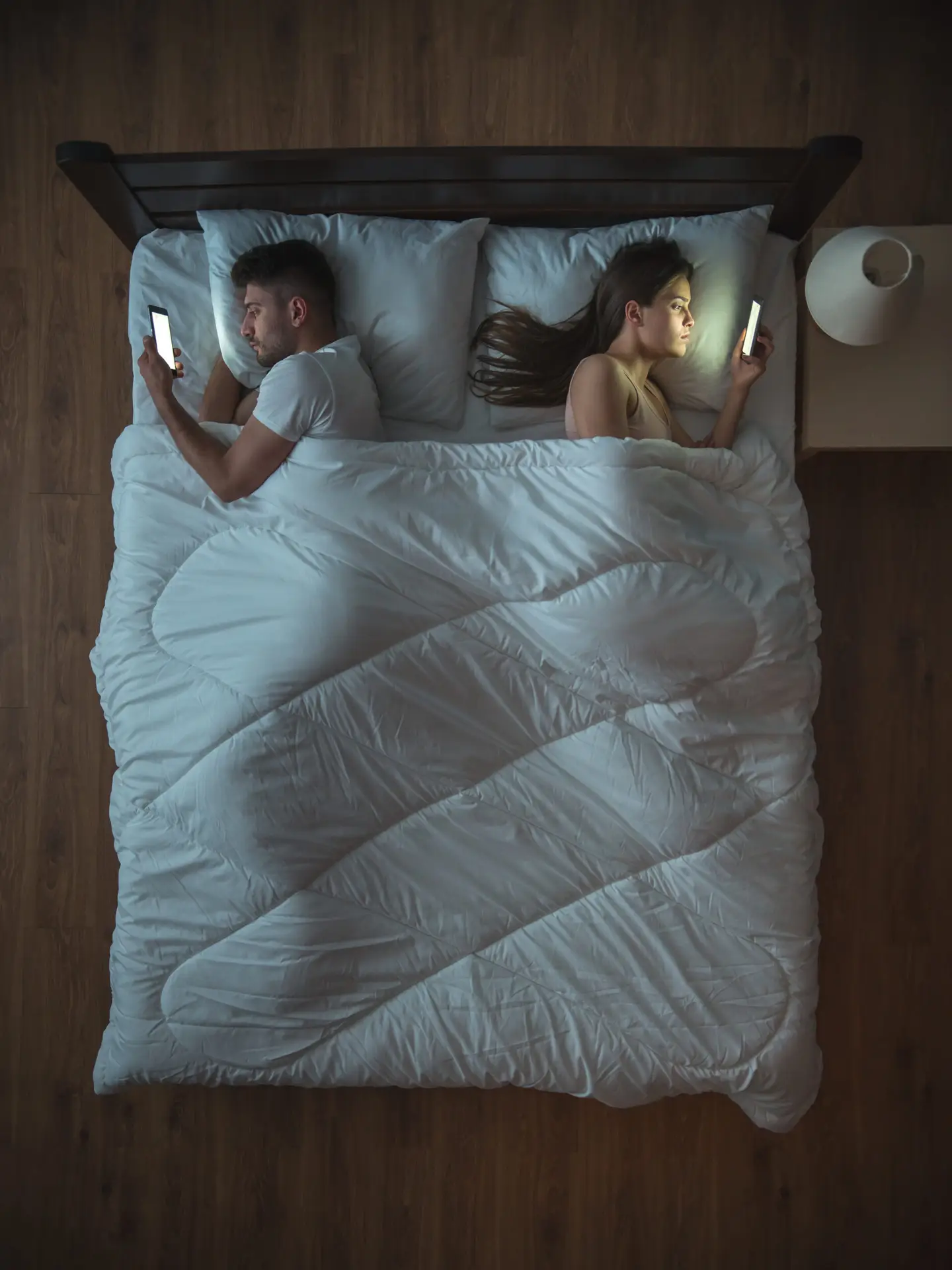Choose your own
Relaxation Activities
Set up a 30 minutes relaxation routine!
Establishing a relaxing pre-sleep routine signals your body to transition from wakefulness to rest. Activities like reading, journaling, or stretching reduce cortisol levels, the stress hormone that inhibits sleep. These routines also shift focus away from daily stressors and responsibilities, preparing the mind for rest. Consistency in your routine helps reinforce the association between specific activities and bedtime. Over time, your body begins to expect and respond to these cues, improving sleep latency (time it takes to fall asleep).






